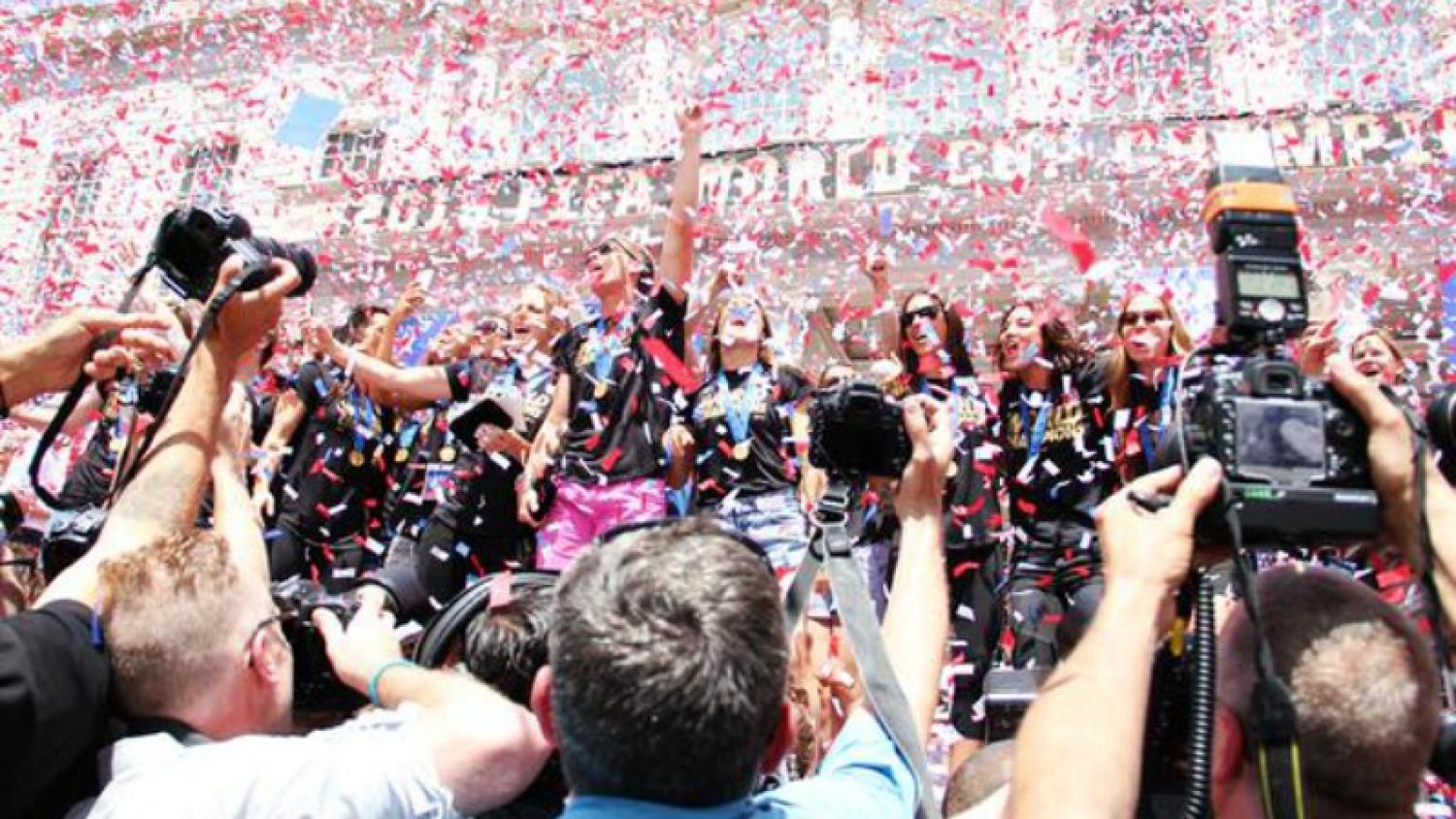Long after the stadium lights have dimmed, the interviews have ended and the traveling has stopped, the battle for equal pay continues for female soccer players.
Even though the USWNT just won the Women's World Cup, the team will only receive $2 million, compared to $35 million for the German men’s team last year. Individually, the USWNT players will each get about $300,000, which is roughly comparable to what the Germans got.
The total payout for the teams participating in the 2015 World Cup is only $15 million compared to the $358 million split among the men's teams.
Unlike the players from other countries, the players in the U.S. are lucky. Players like Carli Lloyd, who was the MVP of the tournament, and Hope Solo can still make money from endorsement deals.
FIFA secretary general Jérôme Valcke said this when asked about the huge gap:
“That’s not even a question I will answer because it is nonsense… We are still another 23 World Cups before potentially women should receive the same amount as men.”
Valcke used this number because he said there have been 30 men’s World Cups and only seven women’s World Cups.
The Women's World Cup ratings beat out the US Open Golf Tournament in the States and that was only the beginning. The WWC Final outdrew the men's final by one million viewers in the United States.
Internationally, men’s soccer is inarguably a bigger draw than women’s soccer, but the women’s game is catching up.
According to the Wall Street Journal, the women’s World Cup generated $17 million in ad revenue, while the men’s World Cup generated more than $500 million.
Ignore that giant gap for a second, because for the ratings the Women’s World Cup garnered, the revenue produced is a steal for those who did pay for advertising. The next time around, advertisers and FIFA will realize this, and ad revenue will go up accordingly.
When the ad revenue increases, so will the players’ salaries. So they might have to wait a little while, but female soccer players are on their way to getting paid.



